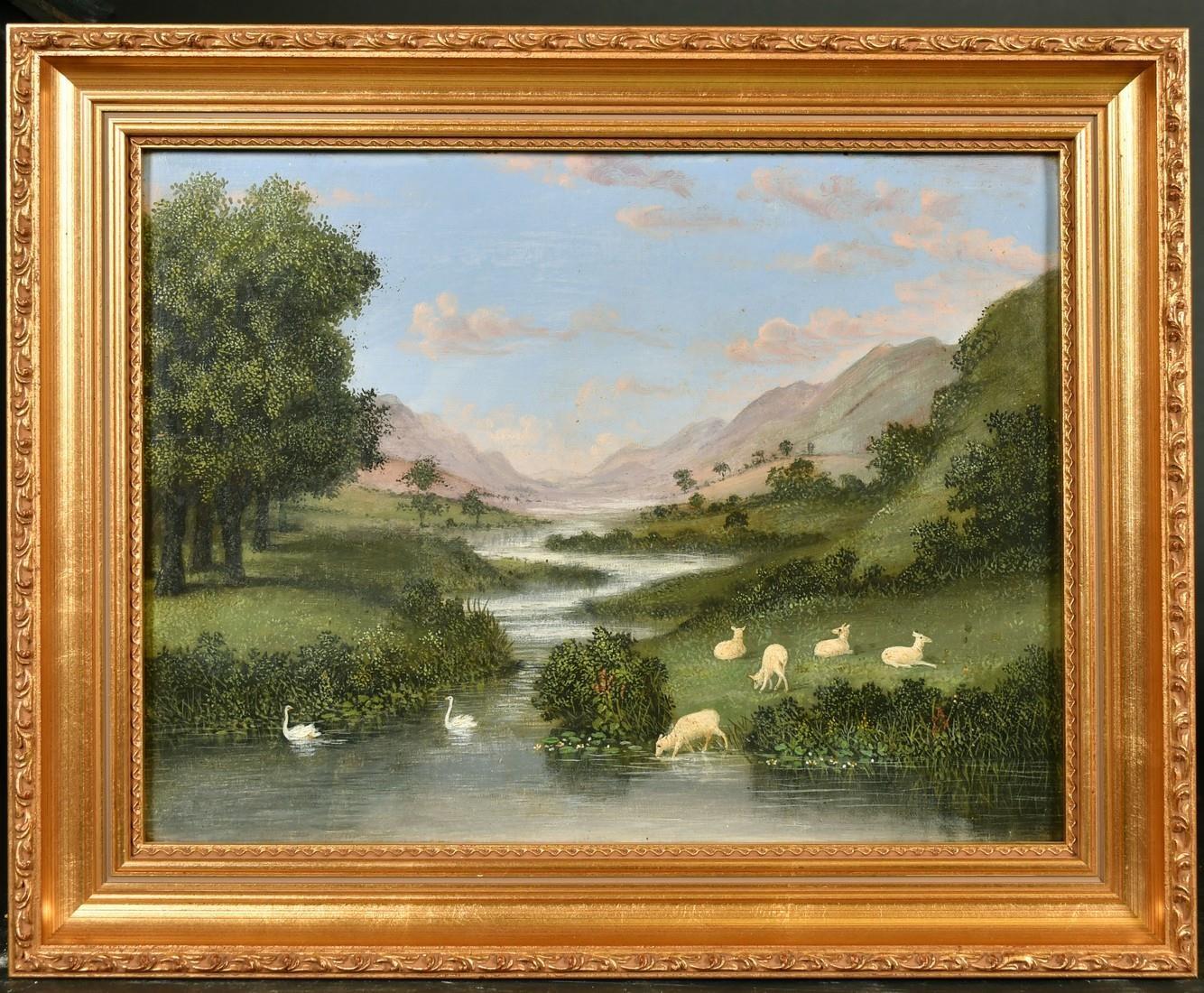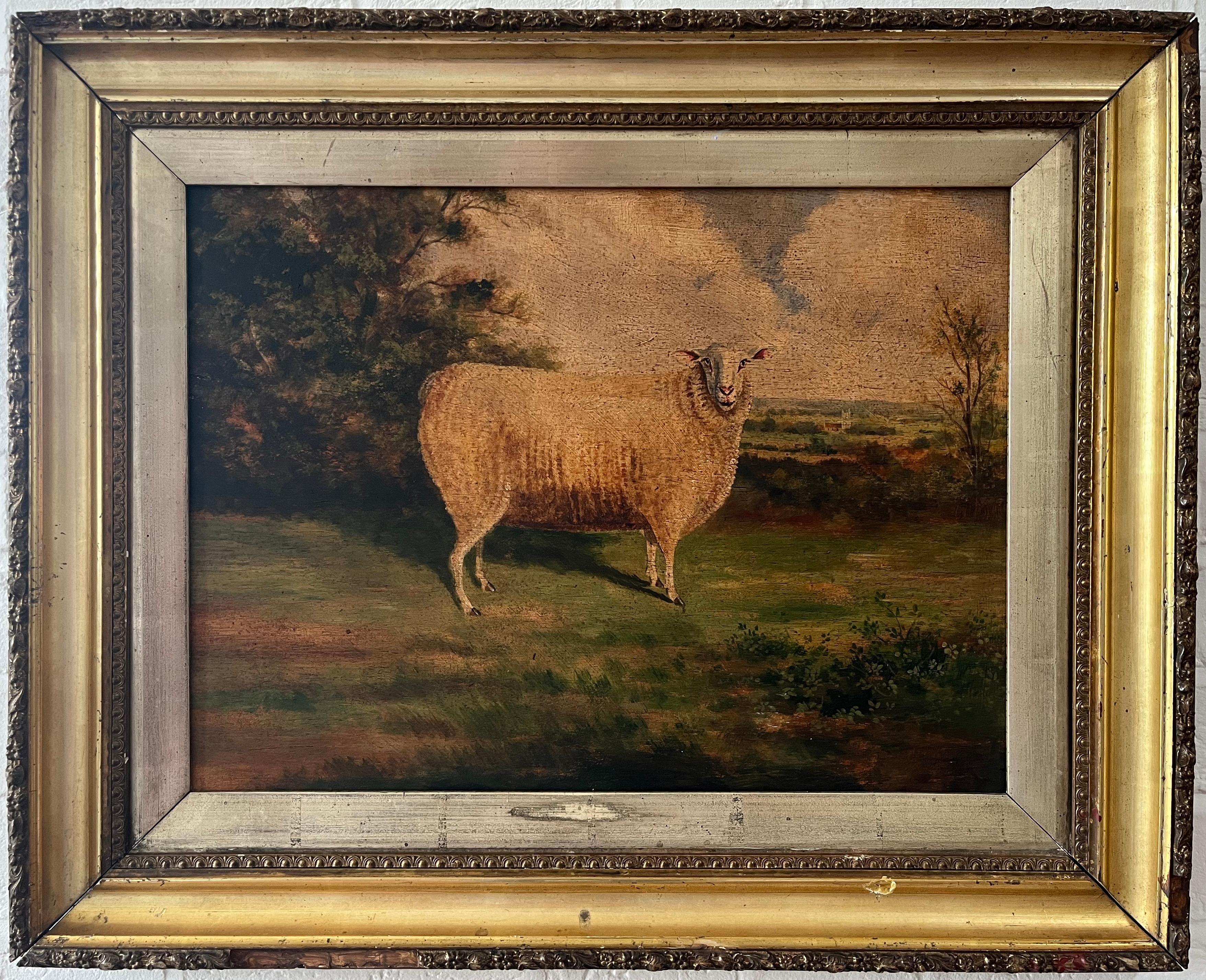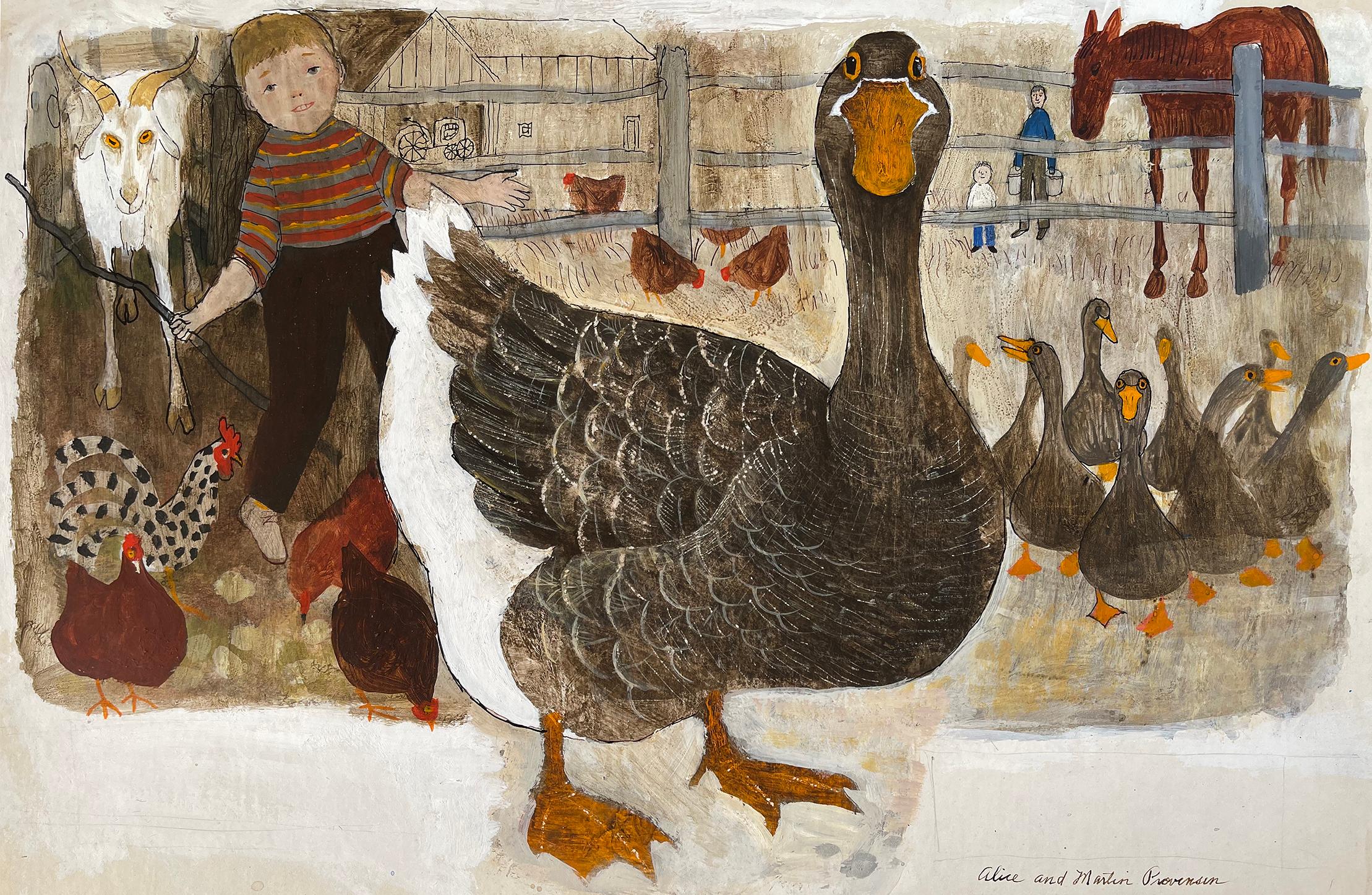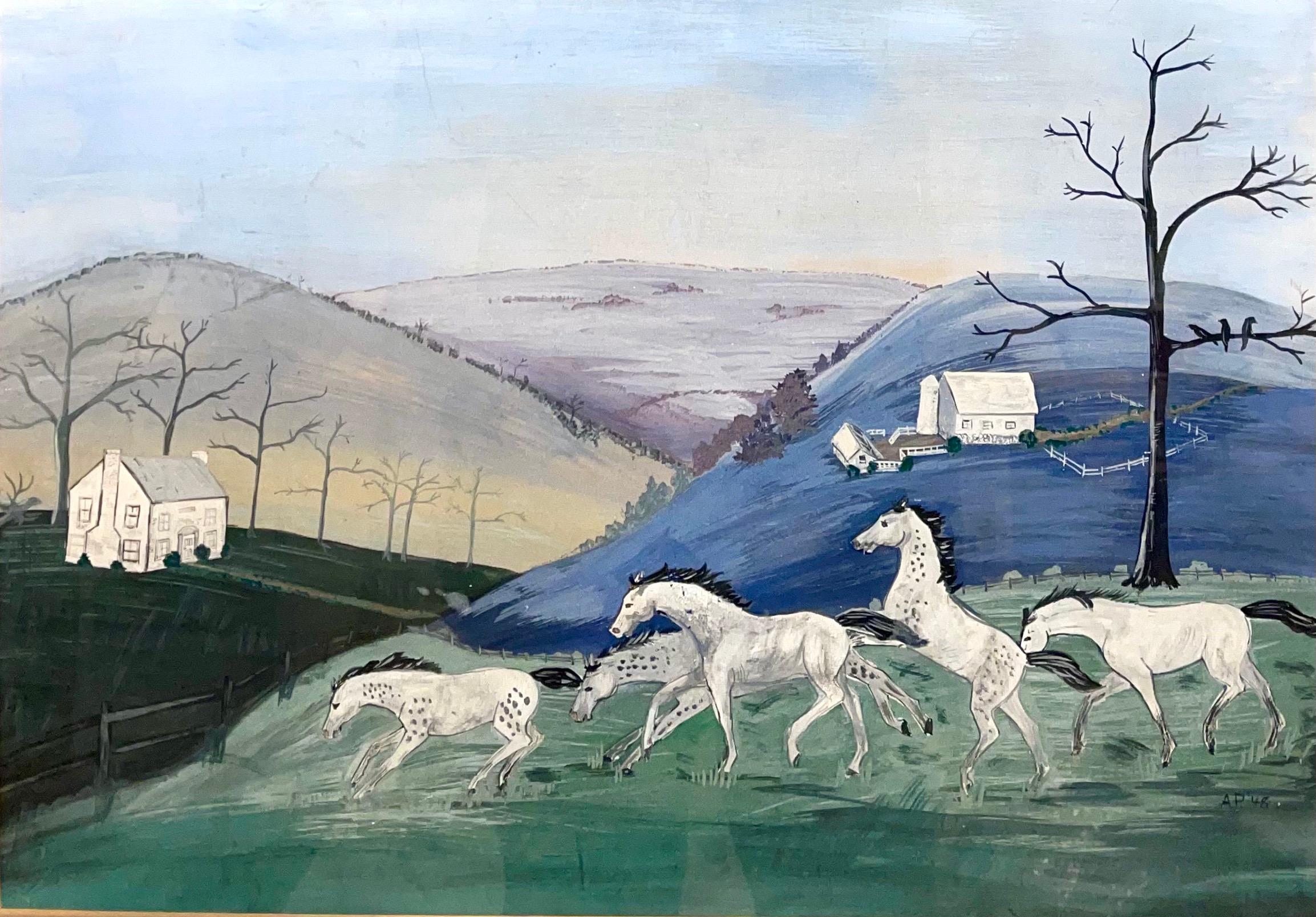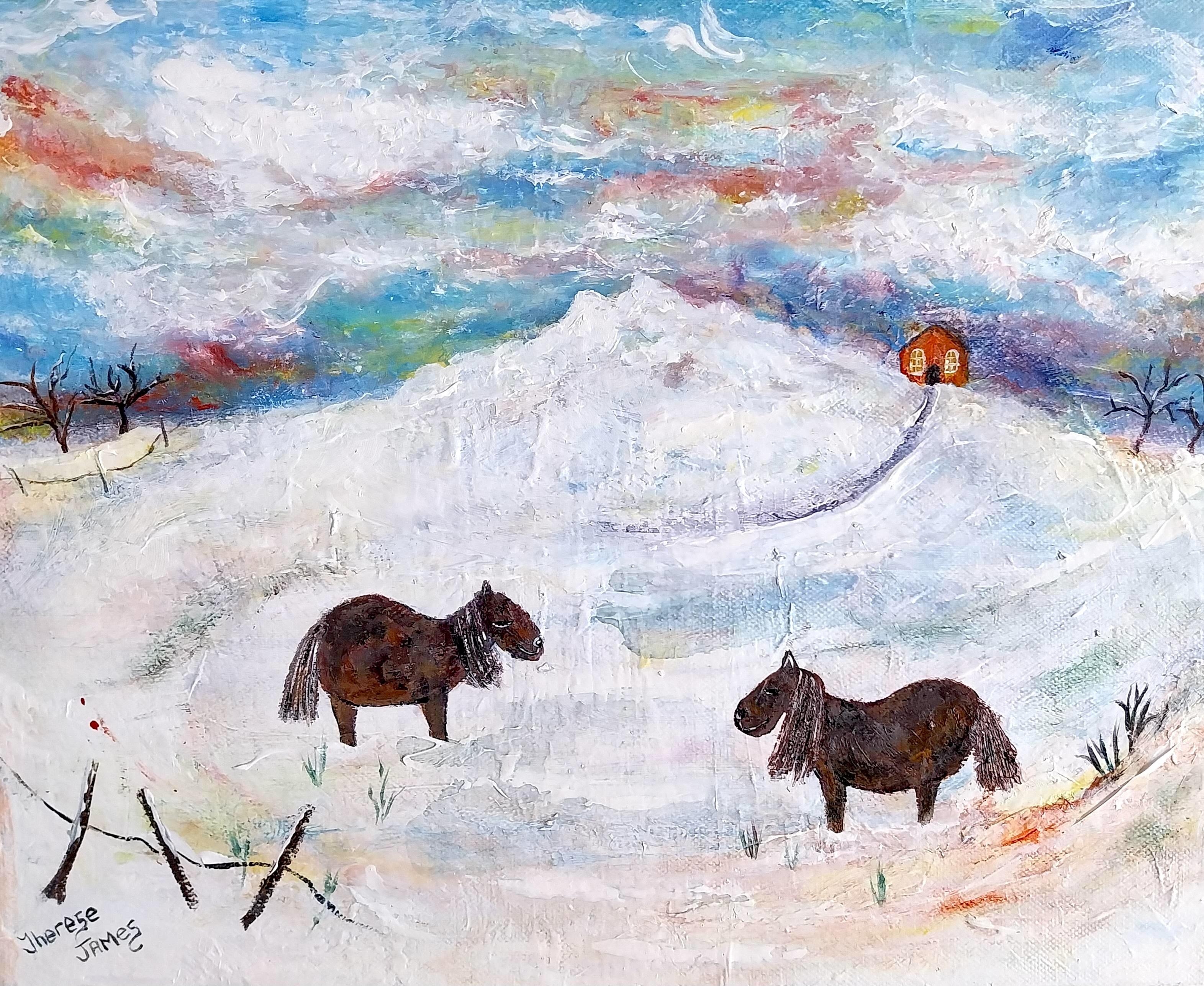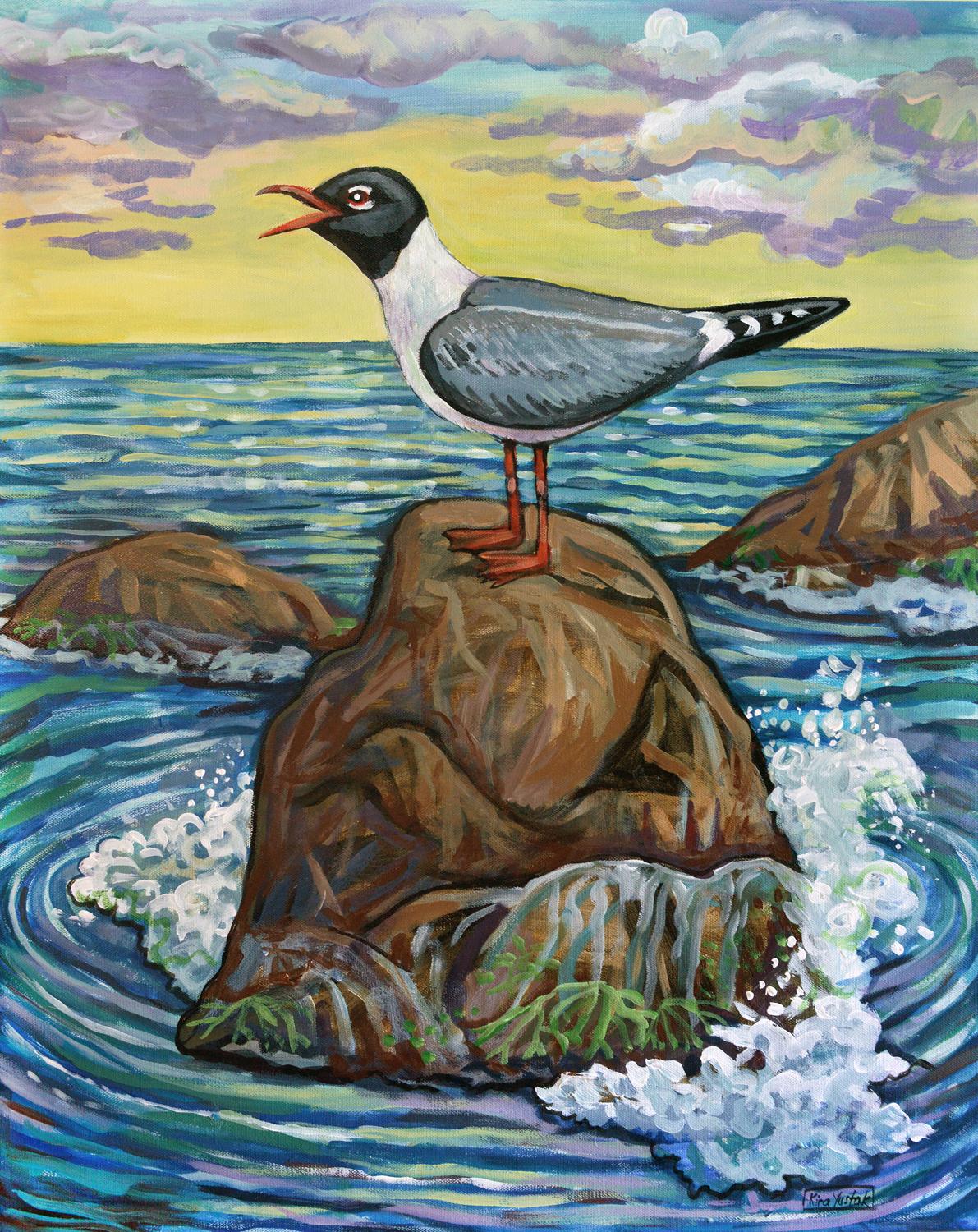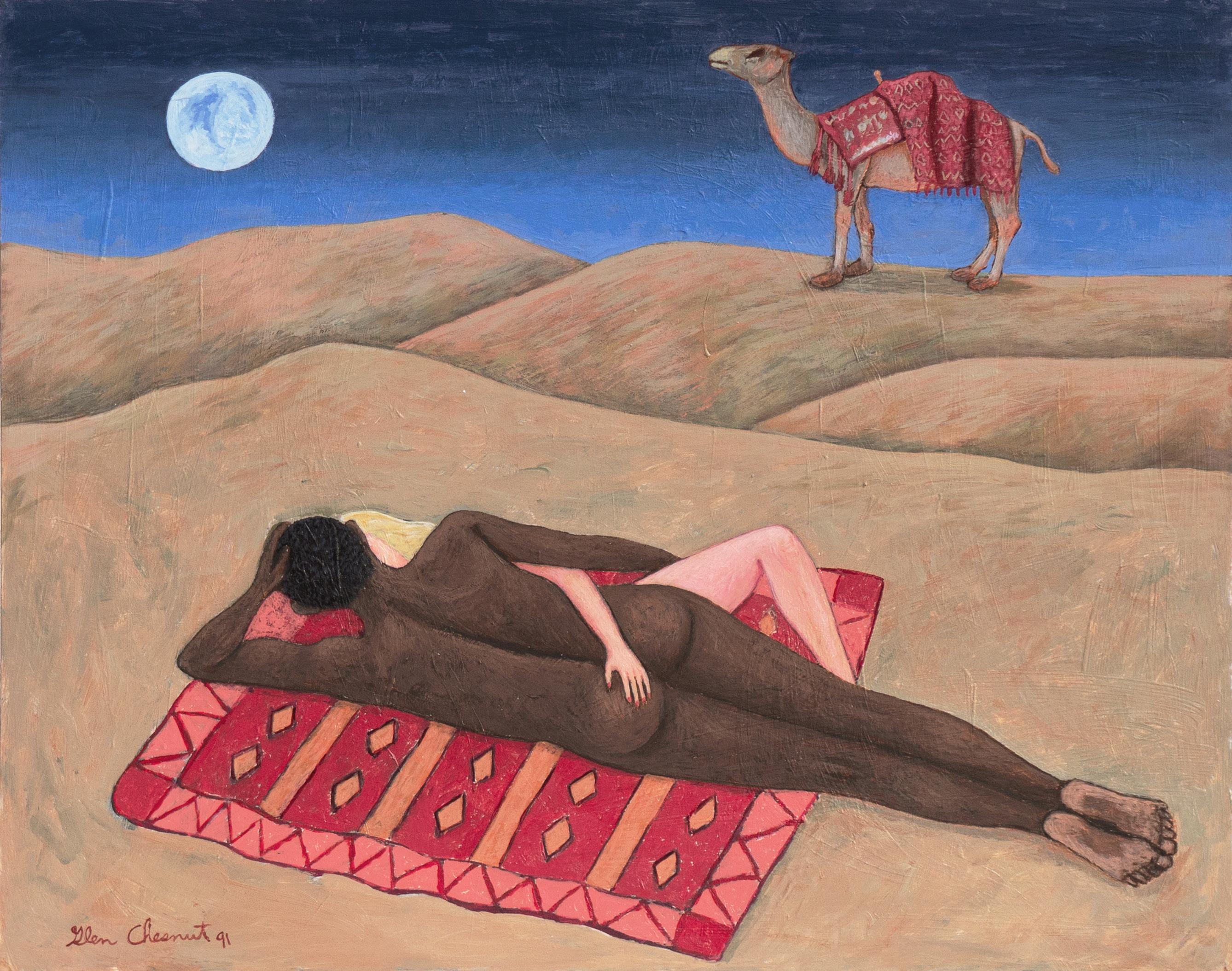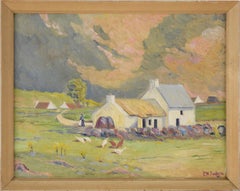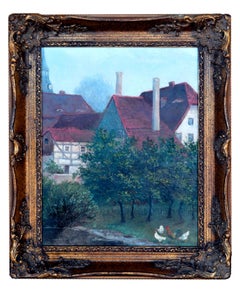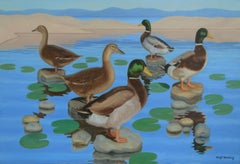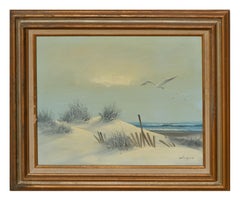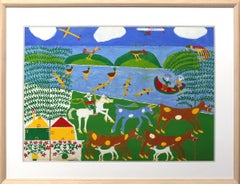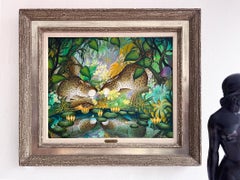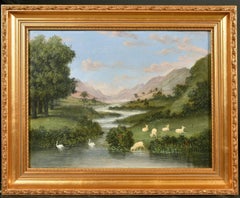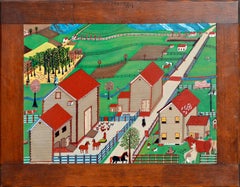
American Folk Art Style -- Mahantango Valley Farm Landscape
View Similar Items
Want more images or videos?
Request additional images or videos from the seller
1 of 11
Pamela SchooleyAmerican Folk Art Style -- Mahantango Valley Farm Landscape1986
1986
About the Item
About the Seller
5.0
Platinum Seller
Premium sellers with a 4.7+ rating and 24-hour response times
Established in 1986
1stDibs seller since 2014
2,875 sales on 1stDibs
Authenticity Guarantee
In the unlikely event there’s an issue with an item’s authenticity, contact us within 1 year for a full refund. DetailsMoney-Back Guarantee
If your item is not as described, is damaged in transit, or does not arrive, contact us within 7 days for a full refund. Details24-Hour Cancellation
You have a 24-hour grace period in which to reconsider your purchase, with no questions asked.Vetted Professional Sellers
Our world-class sellers must adhere to strict standards for service and quality, maintaining the integrity of our listings.Price-Match Guarantee
If you find that a seller listed the same item for a lower price elsewhere, we’ll match it.Trusted Global Delivery
Our best-in-class carrier network provides specialized shipping options worldwide, including custom delivery.More From This Seller
View AllFlanders Country Cottage with Chickens Rural Belgium Landscape in Oil on Canvas
Located in Soquel, CA
Country Cottage with Chickens - Rural Landscape in Oil on Canvas
Idyllic country landscape with chickens by unknown artist PN Soden. A country cottage is the main subject of this pi...
Category
Early 20th Century Impressionist Landscape Paintings
Materials
Canvas, Oil
19th Century Sussex Landscape with Chickens
Located in Soquel, CA
Charming late 19th century landscape of English country Tudor style houses and chickens in style of Edward Wilkens Waite (English, 1854-1924) and...
Category
1880s Impressionist Landscape Paintings
Materials
Canvas, Oil
Mallard Ducks in Pond with Lily Pads, Horizontal Landscape
Located in Soquel, CA
Brightly colored and crisply detailed painting of a group of mallard ducks resting on stones on a calm lake, their dappled reflections beautifully rendered on the electric blue water...
Category
Late 20th Century Realist Animal Paintings
Materials
Canvas, Oil
$760 Sale Price
20% Off
Calm Winds - Peaceful California Seascape
Located in Soquel, CA
Peaceful landscape of sand dunes along a California beach with seagulls drifting overhead in a soft gray-blue sky, by a California artist. Signed "Noland" lower right. Presented in a...
Category
Late 20th Century American Impressionist Landscape Paintings
Materials
Oil, Canvas
$716 Sale Price
20% Off
Large Scale Early 20th Century Bucolic Mt. Hood Landscape Oil Painting
By William M. Lemos
Located in Soquel, CA
Gorgeous landscape with two cows drinking water in a pond with Mt. Hood in background by listed artist William M. Lemos (American, 1861-1942). Signed "W.M. Lemos" lower right. Presented in vintage gilt-toned frame that shows wear (included as-is). Condition: Good: previously owned and used, with little or no signs of wear and is in good condition. No structural issues. Image size: 29"H x 49"W.
Born in New York, Professor Lemos moved to San Francisco in 1887 where he established a studio at 106 Geary Street. He later moved to Santa Cruz in 1896, where he settled, painting murals for many local businessmen and the Santa Cruz Beach Boardwalk.
As a boy Lemos earned money by wandering the streets and painting on request. Arriving in San Francisco in 1887, he established a studio at 106 Geary. With his wife Mabel, he worked in Los Angeles for a few years in the 1890s. After settling in Santa Cruz in 1896, he painted murals for many local businessmen. When the original Beach Casino was built there at the Boardwalk in 1904, Lemos was the first concessionaire and worked there for nearly 40 years. On his platform in the Casino, Lemos did paintings of redwoods, still lifes, forest fires, beach scenes, and marines. Many of his oils were done on redwood slabs which were popular with the tourists; in the early days these paintings sold for one dollar and up depending on the size of the work. After his vision failed and he was unable to paint, his last years were mostly spent fishing off the Municipal Pier with a friend who baited his hook for him because he could no longer see. In the March 27, 1941 Santa Cruz Sentinel News Lemos reminisced, "Them were the days when the Boardwalk was only twelve feet long and when business got slow I picked up my shotgun and went across the street and shot ducks where the Casa del Rey Hotel now stands." Exhibited: Calif. State Fair, 1885; Mechanics' Inst. (SF), 1889. In: Santa Cruz City Museum; Wawona Hotel (Yosemite).
Edan Hughes, "Artists in California, 1786-1940"
His mother was Julia Lemos, a Chicago artist famous for her depiction of the Chicago fire, “Two of Julia’s children became successful artists. Her eldest son, William, was a naïve still life, landscape, and mural painter. As a young boy in New York, he would wander the streets, earning money for the family, by ‘painting on request.’ At age 26, William moved to San Francisco, California. He opened an art studio and kept it running until he moved to Santa Cruz with his wife, Mabel, in 1896. During this period, he worked as a fresco artist painting ‘murals for many local businessmen.’
Exhibited California State Fair, Sacramento, 32nd annual, per Sacramento Daily Union, September 9, 1885. and article goes on to say “William Lemos and wife, Sacramento – Art school exhibits in which are shown such a variety of designs in decorative art, flower painting, and ornamentation, that one must give time to the examination.”
Exhibited Mechanics Institute, San Francisco, 1889.
“Lemos and his wife were in Fresno California 1890...
Category
Early 20th Century Hudson River School Landscape Paintings
Materials
Canvas, Oil, Stretcher Bars
Rounding Up the Horses - Caballero
Located in Soquel, CA
Dynamic depiction of a rider with a group of horses near the water's edge. Several horses are in for foreground, running towards the viewer. Just behind them, a rider in American col...
Category
Mid-20th Century Impressionist Landscape Paintings
Materials
Canvas, Oil
$700 Sale Price
20% Off
You May Also Like
"Ethel, the Blue Spotted Cow" 1960s Folk Art Oil Painting, Cowboys Birds Cattle
By Martin Saldana
Located in Denver, CO
'Ethel, The Blue Spotted Cow' is an oil on board vibrant folk art painting by Marin Saldana with colorful cattle, birds, and cowboys with a blue sky with clouds and airplanes. Presented in a custom frame with all archival materials, outer dimensions measure 40 ¼ x 50 ¼ inches. Image measures 29 x 39 inches.
About the Artist:
Born on December 11, 1874, at Rancho Nuevo, 40 miles north of San Luis Potosí, Mexico, Martin Saldaña’s life began humbly on a family ranch established by his grandfather. His father, a cattle dealer, raised nine children, and though Martin was the smallest in the family, he overcame the odds to live a remarkable life. From a young age, he worked on the ranch, caring for pigs at age 8 and joining his brothers on horseback at age 10 to help herd cattle. He had a fondness for gardening, managing a large flower garden on the ranch by the time he was 15. Resourceful and driven, Martin sold wood to fund his trip to San Antonio, where he found better-paying work picking cotton.
After saving $350, Saldaña traveled to Tampico, Mexico, where he worked as a stoker on a ship, enduring the physically grueling job of shoveling coal while standing in water all day. Using his earnings, he and a few companions pooled their money to purchase mules, enabling them to peddle dishes to women in the mountainous regions near the mining town of Pacuoco. His time there was marked by danger, as mountain lions roamed the area—he recalled seeing the bodies of four men who had fallen victim to the wild cats. To avoid a similar fate, Martin and his companions built large fires at night for protection.
Saldaña's adventurous spirit led him to work as a cook on a fishing boat, where he narrowly escaped drowning after falling between the boat and the pier. His cooking career took him across the United States, from Alabama to Kentucky and Tennessee, where he worked in various restaurants, including Italian and Greek establishments. In Tennessee, he was captivated by the sight of waitresses in white silk dresses—a memory that would later influence his art.
In 1912, Saldaña arrived in Denver, Colorado, where he found work as a cook at the Sisters of Mercy Hospital. In 1915, he began a long career as a cook at the Brown Palace Hotel, a Denver landmark, where he worked for decades. By 1950, at the age of 76, Saldaña had saved enough to afford his own room nearby. It was then, in an unexpected twist, that he was invited to join a children's watercolor class at the Denver Art Museum. Embraced by both the children and their teacher, Saldaña discovered a passion for painting.
Encouraged by this new creative outlet, he enrolled in art classes at the Emily Griffith School of Opportunity, where he studied under Lester Bridaham. Bridaham became Saldaña’s mentor, patron, and biggest advocate, buying every painting the artist created. He helped promote Saldaña's work in galleries and museums around the world. In 1953, Life magazine published an article titled “An Old Cook’s New Art,” celebrating Saldaña’s unexpected artistic journey.
Saldaña only painted for the last 15 years of his life, working primarily from memory and imagination. His paintings, often depicting scenes from his childhood in San Luis Potosí, showcased ranch life, vibrant landscapes, animals, and his beloved flower garden. His bold use of color and geometric forms echoed the tapestry traditions of his Mexican heritage. Despite a relatively brief painting career, Saldaña completed a new work every three days and left behind a significant body of work.
Saldaña passed away on September 5, 1965, at the age of 91. His legacy endures through his distinctive and heartfelt paintings, which are held in major collections including the Denver Art Museum, the University of Wyoming Art Museum, the Colorado Springs Fine Arts Center, the International Folk Art Museum, Neuss in Aberthaw Museum (London), and the Stedelijk Museum (Amsterdam).
©David Cook Galleries...
Category
20th Century Folk Art Landscape Paintings
Materials
Oil
Two Leopards in Reflection Pool in a Fantasy Tropical Garden Naive Art
By Gustavo Novoa
Located in Miami, FL
I think this is one of the finest paints Gustavo Novoa has done. It's from his early period in the mid-1970s. I am privileged to own it. The artist creates a dreamy world of magica...
Category
1970s Outsider Art Animal Paintings
Materials
Oil, Board
19th Century Provincial School Oil Painting River Landscape with Sheep and Swans
Located in Cirencester, Gloucestershire
Artist/School: 19th century English Provincial School
Title: The River Landscape
Medium: oil on board, framed
Size: 11.5 x 15 inches, frame 14.5 x 18 inches
Condition: Very Good ...
Category
Late 19th Century Folk Art Landscape Paintings
Materials
Oil
Harness Racer at Belmont Park 1884, Philadelphia
Located in Wiscasett, ME
Watercolor on paper, signed lower right Agustus Knoller and dated 1884. Inscribed on the reverse in pencil "This trotting came off Aug 15th 1884 at Belmont Park...
Category
1880s Folk Art Animal Paintings
Materials
Oil
19th Century Primitive Naive Folk Art oil painting of a sheep in a landscape
By English School
Located in Harkstead, GB
A really charming study of a ewe standing proudly in the foreground of an English rural landscape with a country church off in the distance. Painted in a naive yet very appealing sty...
Category
Late 19th Century Folk Art Landscape Paintings
Materials
Oil, Board
Duck in Farm with Horse, Goat and Chickens. Children's book illustration.
Located in Miami, FL
The beloved couple Alice and Martin Provensen were an American couple who illustrated more than 40 children's books. Martin Provensen creat...
Category
1960s Outsider Art Animal Paintings
Materials
Board, Gouache
Recently Viewed
View AllMore Ways To Browse
Stanislas Victor Edouard Lepine
Stark Davis Print
Sunrise On The Atlantic Coast
Susan Stillman
Sydney Laurence Painting
Sydney Laurence
Terrick Williams
The Fighting Temeraire
Theodor Winter
Thieme Masonite
Thomas B Griffin
Thomas Edwin Mostyn
Thomas Garside
Thomas Locker
Threesome Painting
Van Dearing Perrine
Victor Gilsoul
Vintage Farm Bureau Sign


